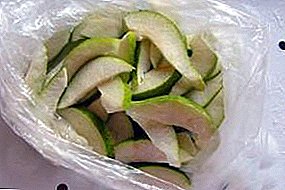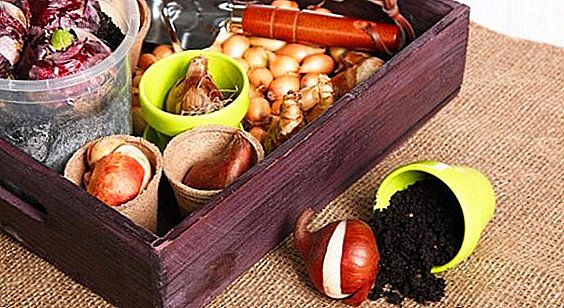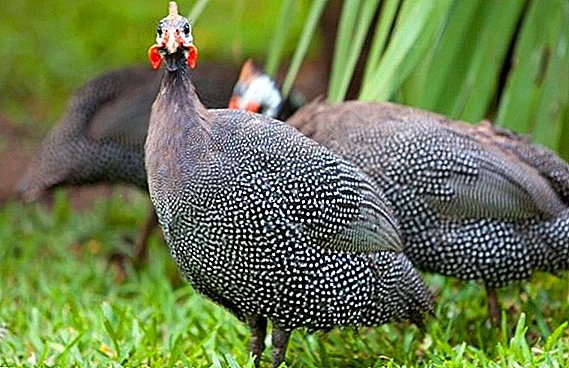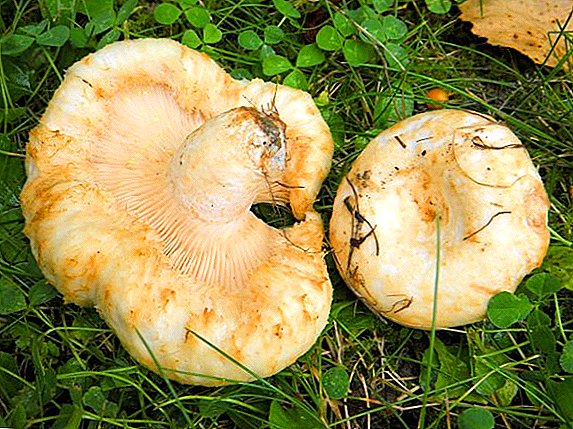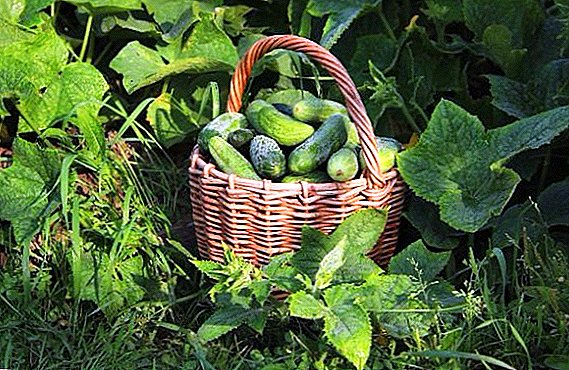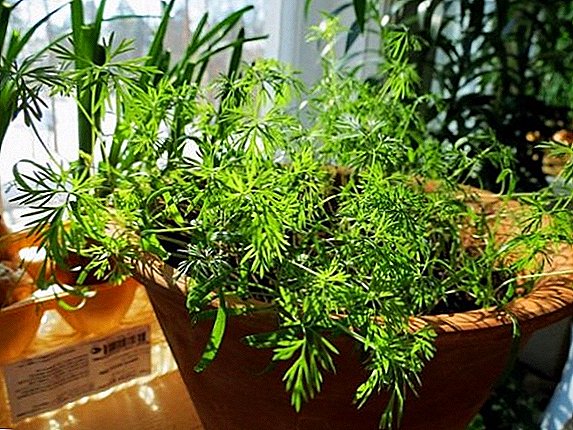 Growing home greens is both interesting and useful. You can grow herbs on your own windowsill. Even a simple pot or a box with tasty vegetation on your windowsill will be a good start. Dill, grown with his own hands, is a guarantee of the absence of harmful substances in the greens. How to plant dill from the seeds on your windowsill, and will be discussed in this article.
Growing home greens is both interesting and useful. You can grow herbs on your own windowsill. Even a simple pot or a box with tasty vegetation on your windowsill will be a good start. Dill, grown with his own hands, is a guarantee of the absence of harmful substances in the greens. How to plant dill from the seeds on your windowsill, and will be discussed in this article.
Is it possible to grow dill at home in winter
Not every green loves to grow indoors. But, fortunately, some plants prefer the cold months and even bloom at home. Dill prefers cool weather, and therefore it is relatively easy to grow at home. This process does not require special skills and efforts. Dill quickly sprouts, its leaves are ready to be harvested within six to eight weeks. The only thing you need to remember: in winter, the greens need regular watering and additional lighting.
Choice of dill for home cultivation
 How to grow dill on the windowsill? Before you begin to grow, you need to seriously approach the selection of suitable seeds. Special varieties for growing it at home does not exist. All varieties of dill only slightly differ from each other. The main difference is the time of ripening. On this basis, dill varieties are divided into early, mid-ripening and late. Early varietal species acquire the necessary green mass in a very short period of time, but they are quickly pulled into the flower stalks.
How to grow dill on the windowsill? Before you begin to grow, you need to seriously approach the selection of suitable seeds. Special varieties for growing it at home does not exist. All varieties of dill only slightly differ from each other. The main difference is the time of ripening. On this basis, dill varieties are divided into early, mid-ripening and late. Early varietal species acquire the necessary green mass in a very short period of time, but they are quickly pulled into the flower stalks.
Late-ripening varieties of dill also form abundant foliage, but at the same time they have late seed ripening, they do not have time to ripen over the summer. Therefore, for growing at home late varieties are ideal.
For late-ripening species include:
- Kibray;
- Amazon;
- Alligator;
- Dill;
- Buyan;
- Salute.

How to choose a place for home dill
There is not enough space on the windowsill for a large number of plants, so try to plant only the most necessary greens for you. So, let's see how to grow dill on the windowsill in his apartment.
What should be the light for dill
The main rule for planting green herbs at home is the presence of lighting. In the absence of its optimal amount, your plants will acquire a light green color. Dill is a very light-loving plant. Greens will feel especially good if you provide him with a bright place on the windowsill. Dill needs a minimum of 6 hours of sunlight, which is much more important than heat.
Did you know? If the sowing of dill, even at home, was performed from March to August and on a well-lit window-sill, then the plants form lush bushes and do not require additional lighting.
Air humidity and temperature for dill
 For home greens is very important to ensure optimum humidity and temperature. Dill is characterized by endurance and resistance to cold. But despite this, the ideal temperature to grow dill on a windowsill is from 17 to 20 ° C. Pots or boxes of dill can sometimes be carried out on the open balcony. Dill on the balcony can be kept only if severe frosts are not expected; before the onset of cold weather in autumn, cultivation proceeds safely.
For home greens is very important to ensure optimum humidity and temperature. Dill is characterized by endurance and resistance to cold. But despite this, the ideal temperature to grow dill on a windowsill is from 17 to 20 ° C. Pots or boxes of dill can sometimes be carried out on the open balcony. Dill on the balcony can be kept only if severe frosts are not expected; before the onset of cold weather in autumn, cultivation proceeds safely.
Increased air humidity or excessive dryness also has a detrimental effect on dill. If humidity is too high, greens can infect such fungal disease as powdery mildew. Humidity should be within the normal range of 40-50%. Also, do not allow the windows outside to be cold to the touch. Dill foliage will freeze, and the greens may die.
How to plant dill on the windowsill
Dill is one of the most popular spices on our tables. With proper care, you will enjoy fresh greens all year round.
The choice of capacity for landing
Dill seeds can be planted immediately to a permanent place of growth. Better use a deep bowl so that you do not have to repot the greens in the future and to provide enough dill roots for enough space. As a container for growing greens suitable ordinary flower pot, or a small box of wood, or just a plastic box.
Substrate Requirements
 You can use any fertile, but not acidic soil. For dill, which will grow indoors, must be carefully prepared soil mixture. Even in the fall, prepare a loose garden soil, before planting, mix it with peat, humus and with any acquired neutral soil for indoor plants. Loose soil helps retain moisture, which is so necessary for greenery. Be sure to put drainage at the bottom of pots or boxes. Drainage is necessary to allow excess water to drain and thereby protect the soil from overflow. In order for the water to flow properly after watering, you may also need to add sand to the substrate. Containers need to be put on a pallet.
You can use any fertile, but not acidic soil. For dill, which will grow indoors, must be carefully prepared soil mixture. Even in the fall, prepare a loose garden soil, before planting, mix it with peat, humus and with any acquired neutral soil for indoor plants. Loose soil helps retain moisture, which is so necessary for greenery. Be sure to put drainage at the bottom of pots or boxes. Drainage is necessary to allow excess water to drain and thereby protect the soil from overflow. In order for the water to flow properly after watering, you may also need to add sand to the substrate. Containers need to be put on a pallet.
Preparation of planting material
In order to speed up the germination process and get abundant green mass, planting material needs special training. It is necessary to soak the seeds for a day in warm water and in a separate container, then cover with a rag. Water temperature should not fall below 20 degrees. You can also use a weak solution of potassium permanganate. After that, the seeds are sown immediately.
Planting dill
In order to germinate the seeds of dill at home as successfully as possible, it is worthwhile to start planting it starting in October. As a rule, dill is grown indoors in the winter. Therefore, it can be sown from mid-autumn to early spring.
Did you know? Dill loves freedom, so the green bushes should not constrain each other. In order for dill to grow well, it needs an adequate food area. With proper planting in a month and a half you will receive a full healthy harvest.As well as in the conditions of an open ground, it will be correct to sow fennel in a pot in well moistened soil. First, water is poured to a depth of only about 1 cm, without affecting the edges of the grooves. Then you need to evenly distribute the seeds and sprinkle with previously prepared earth on top.
Features care for dill: watering, dressing, lighting
 Despite the fact that dill is drought-resistant, it will grow better if it is watered regularly. Green grasses grow very poorly in conditions of lack of water in the soil. On warm days, dill may not be enough moisture - it requires more water. So try to regularly water your greens. Take care, however, that no overflow occurs. How often to water the dill, tell the state of the soil. Before watering the herbs again, make sure that the soil is almost completely dry.
Despite the fact that dill is drought-resistant, it will grow better if it is watered regularly. Green grasses grow very poorly in conditions of lack of water in the soil. On warm days, dill may not be enough moisture - it requires more water. So try to regularly water your greens. Take care, however, that no overflow occurs. How often to water the dill, tell the state of the soil. Before watering the herbs again, make sure that the soil is almost completely dry.
Important! In the process of dill care, the daily turning of the pot is especially important. To sprouts were straight and not stretched, the box with shoots should be constantly rotated 180 degrees.Watch how dill grows. For the active growth of greens in containers, he needs fertilizers, but feeding should be carried out no more than every six weeks. For dill, excess fertilizer is more negative than their shortage. At the same time, greens grow slowly in the winter months, so do not reduce the amount of fertilizer by a quarter of the norm from mid-October to mid-March. As a top dressing, any complex liquid fertilizer for houseplants is used (according to the instructions).
 In winter, dill is acutely lacking light. Therefore, it is important to take care of additional lighting for greenery. Requires installation of fluorescent lights. You have two options: use a special fitolamp or fluorescent lamp. Its height from the plant should be 50-60 cm.
In winter, dill is acutely lacking light. Therefore, it is important to take care of additional lighting for greenery. Requires installation of fluorescent lights. You have two options: use a special fitolamp or fluorescent lamp. Its height from the plant should be 50-60 cm.
Important! The installation of dill under fluorescent lamps is particularly important at the stage of growth of new shoots, until the plants have risen and have grown strong.For those who are concerned about the question, how many days after sowing dill sprout, we answer that we should not expect too fast results. The first shoots will appear in about two weeks. After you notice the formation of flower buds, foliar feeding stops, the plant is cut from the base of the stem. Greens are fully ready to harvest, usually in 6-8 weeks. Usually dill is used fresh, it can be periodically collected to be added to your dishes. Start collecting the old dill from the top: it will help stimulate growth and give you the opportunity to harvest a bountiful harvest for as long as possible.
As you can see, growing dill at home is a fairly simple process. This green does not require any difficult conditions, all that is needed is water and light. Fluffy, green dill bushes will decorate your window sill.



